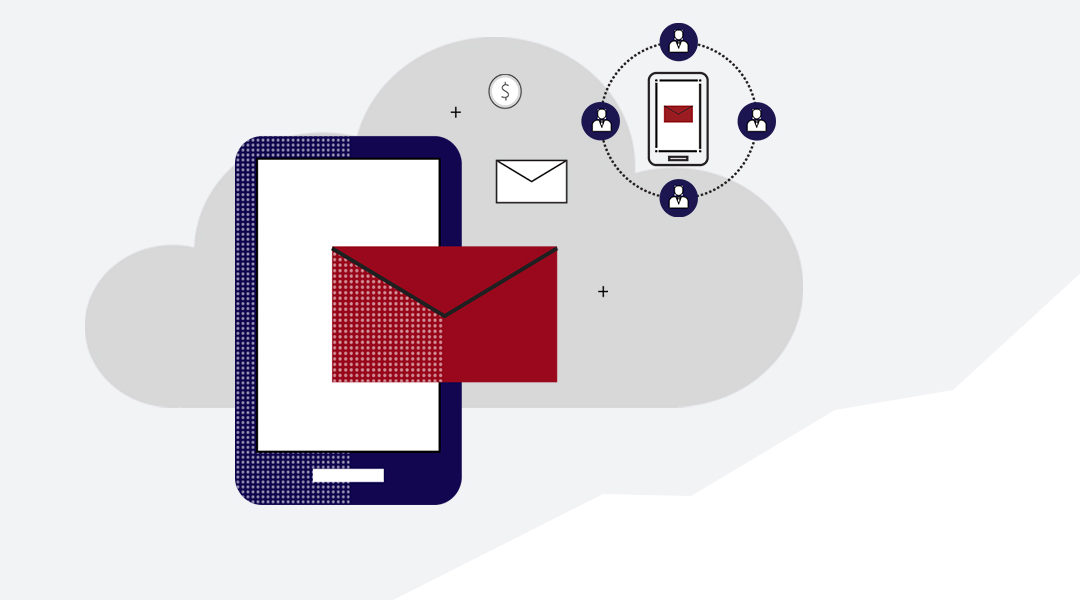Why Re-Targeting Matters
Re-targeting increases the frequency at which a brand is seen by a selected audience. This audience indicated they’re interested in your client’s products or services. They opened an email, clicked a link or simply said “Yes, send me information on a particular subject or category of interest.” Once you know a potential customer wants information about your client, it’s imperative that you help your client keep talking to these customers. In most cases a potential customer requires twenty, to over one hundred, ad exposures before they make a decision. Re-targeting lets you provide this exposure frequency for your client.
So, how do you make the most of re-targeting?
Basic Re-Targeting, Re-Blast or Display
When using targeted email to reach potential customers, there are two basic forms of re-targeting that can be employed. The first is called a “re-blast”. This is simply sending another email to users who opened an earlier email. Companies use this method when they have a time-sensitive offer that runs through a range of dates. The first email would detail the initial announcement of the sale, and the second email is most often worded as a reminder. In many cases this second email includes an enhanced offer to drive customers to act before the sale ends.
A re-blast can also be sent only to users who opened the initial email. This method is used to entice someone who indicated a strong likelihood to buy when they opened the initial email. Sending them a second email helps drive sales and ROI.
The second form is called “Re-Targeting with display”. This is not unlike a re-blast in that it re-targets the same individuals who opened the initial email, however instead of a second email, users are shown display ads. A client would use display to increase the frequency of their message to these individuals. Where an email is typically only seen once or twice, a banner ad will be seen an average of three to four times a day, or more. This combination of re-blast and display can drive the frequency needed to get results and improve ROI for your clients.
Remember the Postal File
The postal file is a unique opportunity for your client. Not only is it the beginning of secondary re-targeting, it is also an effective ROI measurement tool. The postal file is the first, last name and physical address of everyone who received an initial email. The postal file can be used to match back against sales. Many clients acquire new customers who received an email up to six months from the initial send. In addition to the ROI value of the postal file, it is also used to effectively re-target users who received the initial send. A postal file can be used to match a user’s mobile ID, social ID and IP address. Just as with basic re-targeting, these IDs can be used to increase frequency of ad delivery to an already interested user.
Data Data Data
For good or bad, personal information can be tracked, combined and effectively targeted. Matching personal data requires three pieces of data. Data matches for targeted email starts with the email address, a user’s name and physical address. These three pieces of information can then be matched to a mobile ID, social ID and IP address.
What is the value in doing this? As marketers, we want to get our clients’ messages to the right person at the right time, as efficiently as possible. What better way to do this than to reach people who expressed interest in our client’s products and services, on every device they own, with the right frequency, at the right price to drive results. Re-targeting is simply about getting your client’s message seen by the right people, repeatedly, thereby driving the ROI needed to generate more sales and grow your client’s business.
Re-Targeting and Renewal
As salespeople, we focus on driving results for our clients. Re-targeting enables us to do this cost-effectively. By driving results, we also set ourselves up for a long-term relationship with our clients. Stay tuned to our next blog post on how to turn a targeted email advertiser into a long-term client.


Recent Comments